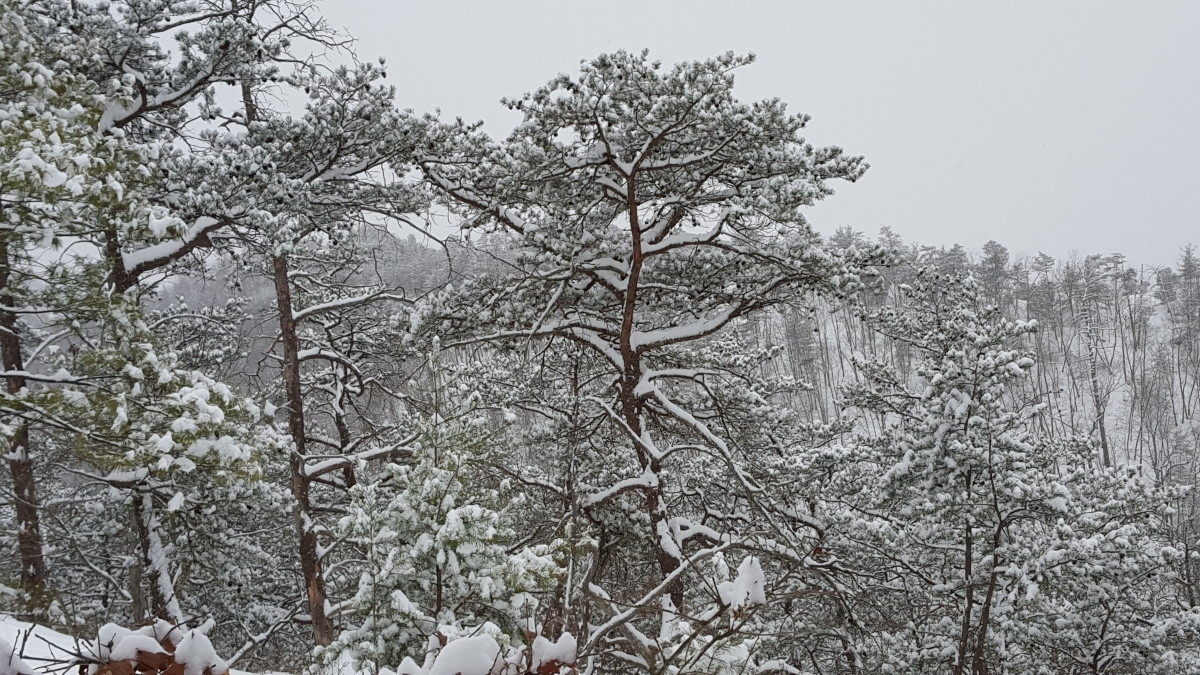submitted by jwithrow.
Click here to get the Journal of a Wayward Philosopher by Email
Journal of a Wayward Philosopher
Trees Don’t Grow to the Sky: The Fallacy of Keynesian Economics
February 16, 2016
Hot Springs, VA
“There is no means of avoiding a final collapse of a boom brought about by credit expansion. The alternative is only whether the crisis should come sooner as a result of a voluntary abandonment of further credit expansion or later as a final and total catastrophe of the currency system involved.”
-Ludwig von Mises
The S&P closed out Friday at $1,858. Gold closed at $1,239 per ounce. Crude Oil closed at $29.44 per barrel, and the 10-year Treasury rate closed at 1.64%. Bitcoin is trading around $405 per BTC today.
Dear Journal,
The snow has returned to the mountains of Virginia with another eight inches gracefully covering the ground. As winter continues to play out here on the home front, I can’t help but notice winter settling in over the financial markets as well. I expect the last three quarters of 2016 to be especially volatile.
Simply tracking the brief market updates in this journal series tells the basic story and highlights the budding trends. My last entry of 2015 observed the S&P comfortably perched at $2,056 while gold was safely out-of-sight at $1,068 per ounce. Crude oil was trading at $36.81 and the 10-year Treasury rate was 2.23%. A week later the S&P was slightly down while gold, oil, and the 10-year rate were slightly up. The following week the S&P had continued to fall to $1,938 while gold continued to rise to $1,085. Oil plummeted again to $30.44 and the 10-year rate fell to 2.10%.
These trends have continued week-after-week for the first two months of 2016. Today, the S&P is down 10% from its December high. Gold is up 15%, oil is down 24%, and the 10-year Treasury rate is down 28% over this same time period. This crude analysis very clearly demonstrates that capital is fleeing the U.S. equity markets and flowing into gold and U.S. Treasuries which are considered safe-haven assets. Meanwhile, we are seeing 12-year lows in crude oil and all-time lows in U.S. shale oil and gas companies.
Expanding our gaze a bit: we are seeing new 52-week lows in the major stock markets of Europe and Japan as well. European banks are particularly troubling as those stocks have fallen more to start 2016 than they did to start 2008. Further, we are seeing six-year lows in junk bonds as well as emerging markets.
All of this is occurring while the Federal Reserve proclaims the economy healthy and ready for “normalization” policies. But what is normal? Continue reading “Trees Don’t Grow to the Sky: the Fallacy of Keynesian Economics”
